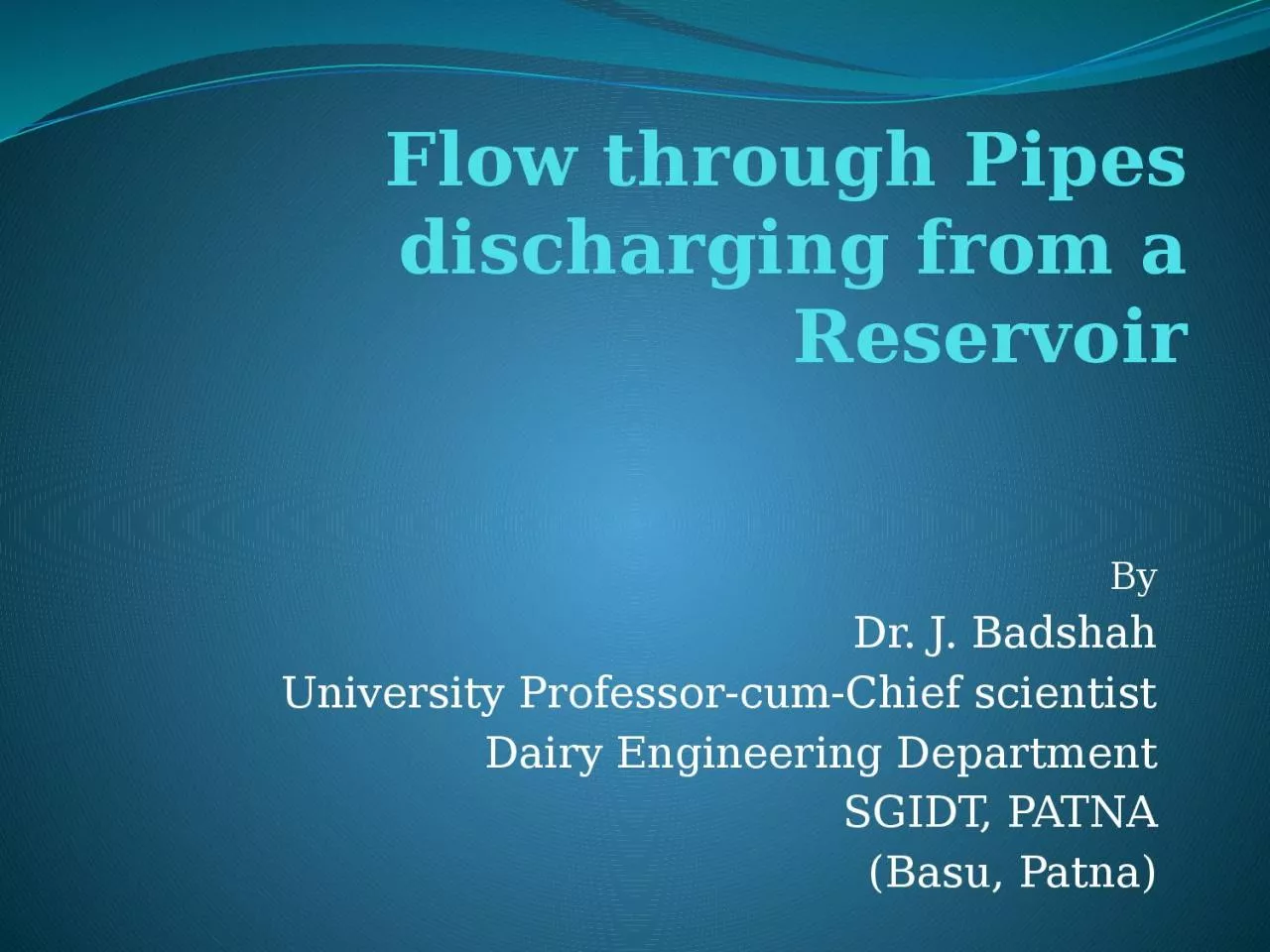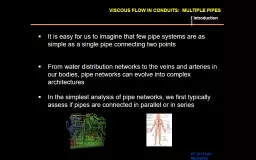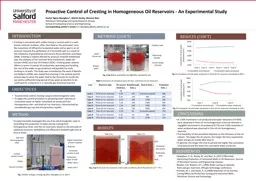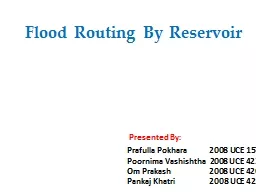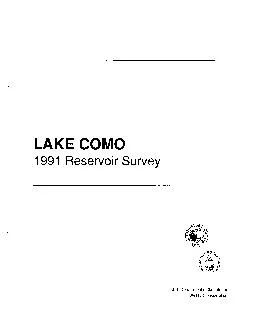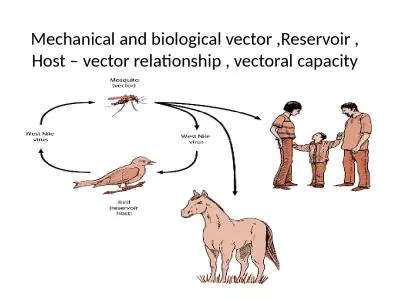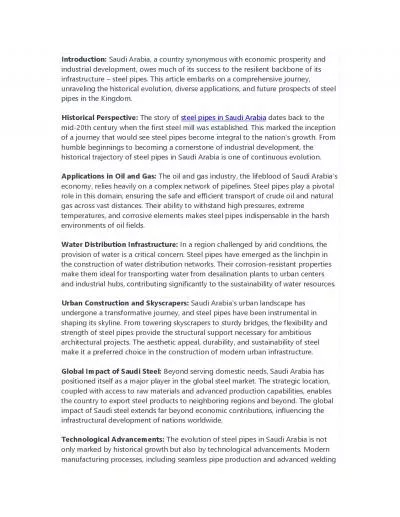PPT-Flow through Pipes discharging from a Reservoir
Author : thomas | Published Date : 2023-09-22
By Dr J Badshah University ProfessorcumChief scientist Dairy Engineering Department SGIDT PATNA Basu Patna Pipe Discharging from a Reservoir Applying Bernoullis
Presentation Embed Code
Download Presentation
Download Presentation The PPT/PDF document "Flow through Pipes discharging from a Re..." is the property of its rightful owner. Permission is granted to download and print the materials on this website for personal, non-commercial use only, and to display it on your personal computer provided you do not modify the materials and that you retain all copyright notices contained in the materials. By downloading content from our website, you accept the terms of this agreement.
Flow through Pipes discharging from a Reservoir: Transcript
Download Rules Of Document
"Flow through Pipes discharging from a Reservoir"The content belongs to its owner. You may download and print it for personal use, without modification, and keep all copyright notices. By downloading, you agree to these terms.
Related Documents

